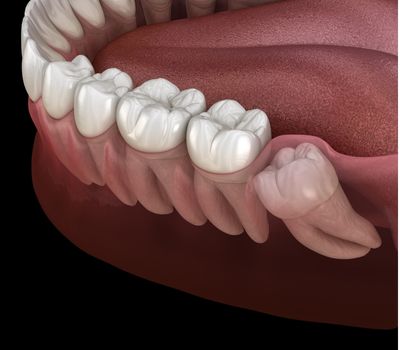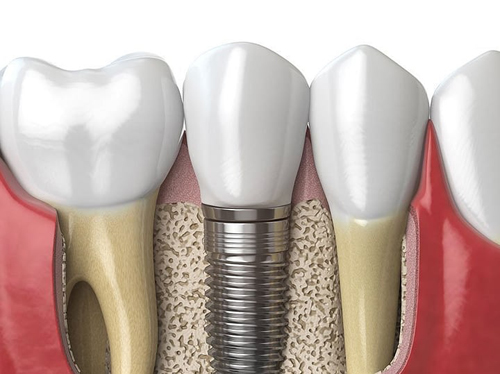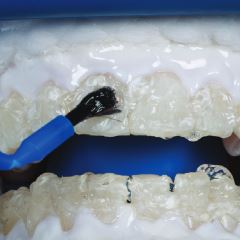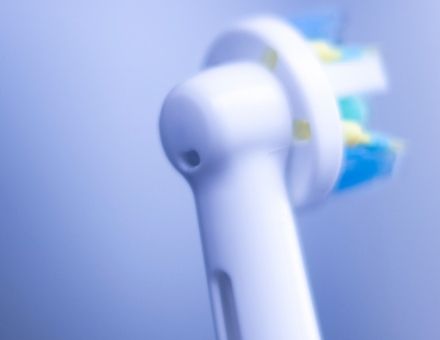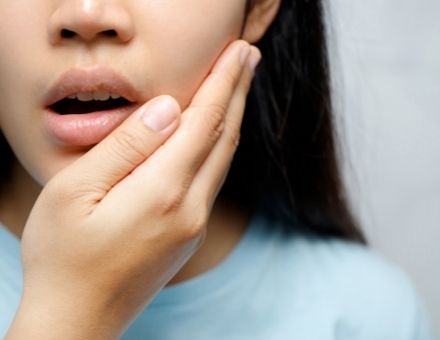I delayed wisdom teeth removal for years because of dental anxiety. Now, at age 47, two of my wisdom teeth are infected. I have not been to a dentist yet, but my gums around the teeth are swollen. I am sure that a dentist will refer me to an oral surgeon. Will I get local or general anesthesia? Thank you. Tyler from Boulder, CO
Tyler,
Thank you for contacting Dr. Lacy’s office. Most wisdom teeth cases only require local anesthesia. Still, an oral surgeon can give you sedation to relax during the procedure.
IV Sedation for Wisdom Teeth Extraction
Intravenous sedation causes you to drift in an out of consciousness. Your state of relaxation will be deeper than with nitrous oxide (laughing gas), which relaxes you although you are fully awake.
Deep Sedation
Drug-induced sedation prevents you from awakening easily.
Wisdom Teeth Extractions for Adults
Wisdom teeth removal for adults is more challenging because tooth roots and bone fully develop as we age. Nevertheless, oral surgeons are highly skilled at removing wisdom teeth and complete the procedure in 30 to 45 minutes.
Characteristics of adult wisdom teeth:
- Jawbone – Mature jawbone is dense and firm around tooth roots.
- Cementum – Calcified bone-like tissue accumulates at tooth roots, making removal more challenging. Still, oral surgeons use tools and techniques for painless, successful tooth removal
- Position – Teeth can grow sideways in the bone or gum tissue.
Schedule an Appointment for an Exam
A dentist can take x-rays of your wisdom teeth to identify their location and whether they are leaning on other teeth or otherwise affecting your oral health. Your dentist will refer you to an oral surgeon for a consultation. Talk to the oral surgeon about your anxiety, and the surgeon will prescribe sedation based on your anxiety level and the complexity of your surgery. You will have a comfortable, painless procedure.
Dr. Miranda Lacy, a Plano, Texas dentist, sponsors this post.
